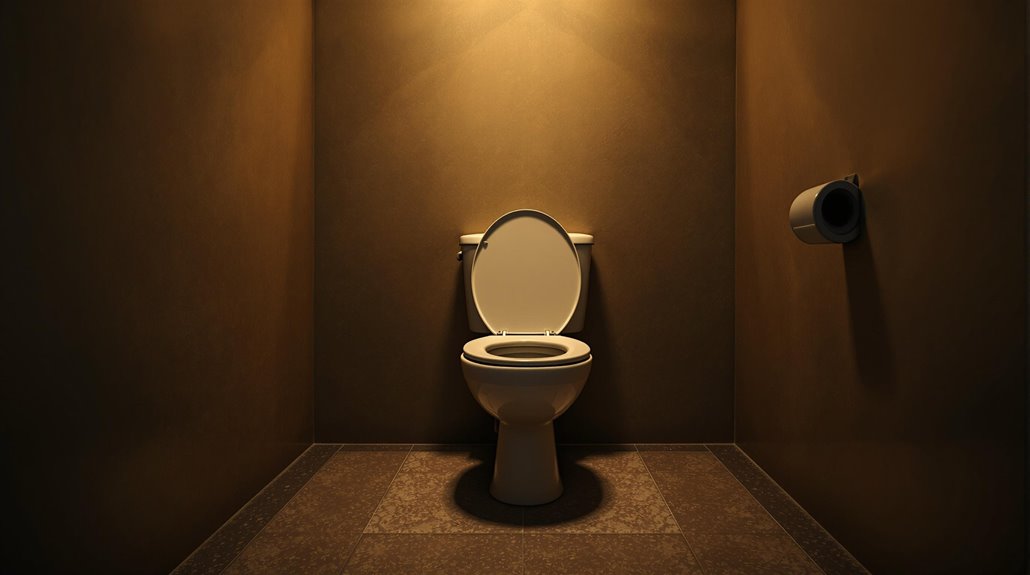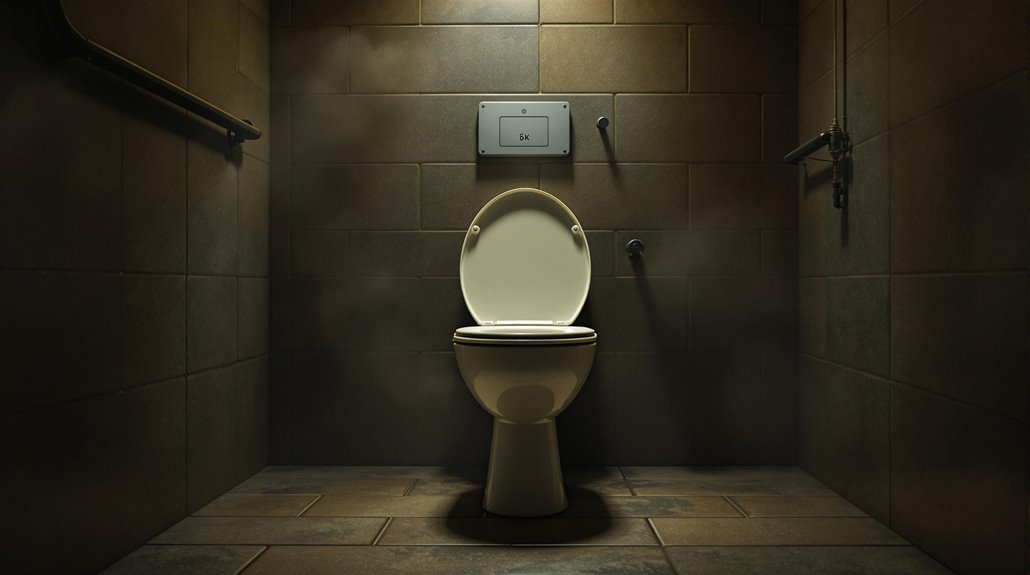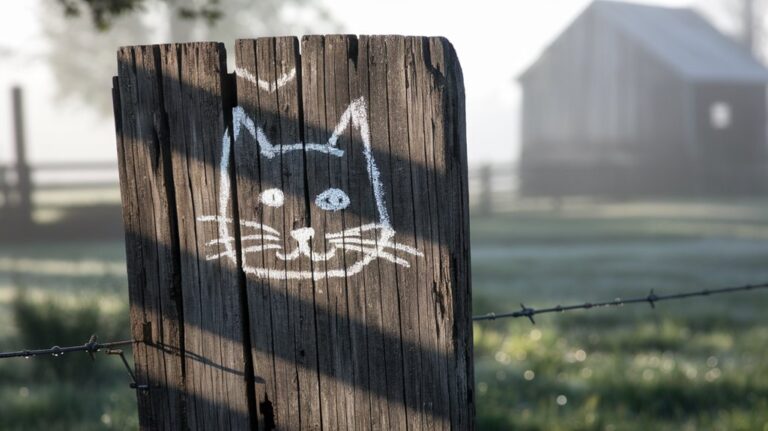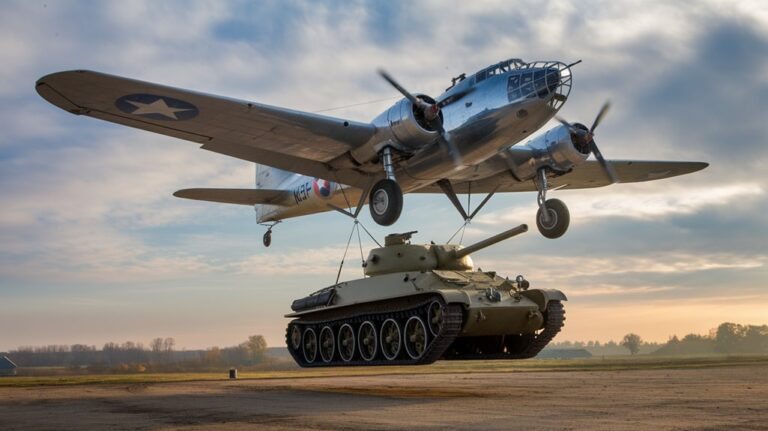Cold War Plumbing: The Toilets That Spilled Military Secrets
You've likely heard countless Cold War espionage tales, but here's one that'll make you look twice at your bathroom. In the 1950s, Western intelligence agents discovered that Soviet military secrets weren't hiding in coded messages or diplomatic pouches—they were flowing through the sewers of East Germany. When toilet paper became scarce, Soviet officers resorted to using classified documents, unwittingly creating one of the most unusual intelligence operations in modern history.
A Peculiar Cold War Mission: Operation Tamarisk
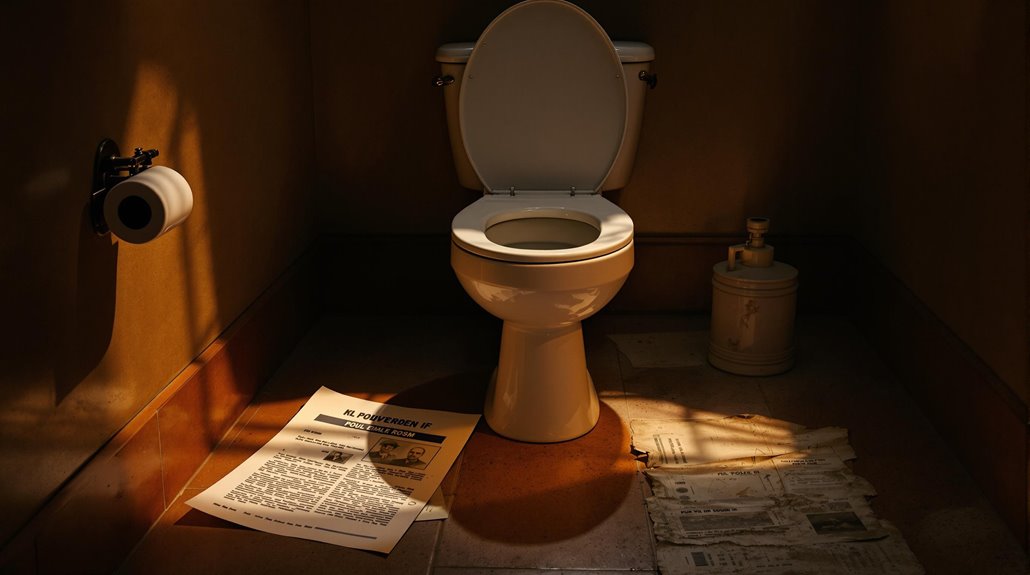
While many Cold War intelligence operations involved high-tech surveillance and covert infiltration, Operation Tamarisk took an unexpectedly low-tech approach.
From 1961 through the early 1970s, Western intelligence agencies collaborated on one of the most unusual covert operations of the era: sifting through Soviet military waste in East Germany.
You might question the intelligence ethics of such methods, but the operation's success was undeniable. The agents faced serious consequences if caught while conducting these risky waste collection missions.
Just as human intelligence operations were crucial during this period due to limited surveillance technology, Operation Tamarisk relied heavily on direct human involvement to gather information.
U.S., British, and French agents meticulously examined everything from discarded documents to used toilet paper, uncovering vital military secrets the Soviets had carelessly tossed away.
They recovered technical diagrams, personal letters, and even medical waste that revealed details about chemical warfare injuries.
The operation proved that sometimes the most valuable intelligence doesn't come from sophisticated technology, but from what your adversary assumes no one would ever want to examine.
When Toilet Paper Shortage Led to Intelligence Gold
Because the Soviet Union prioritized military spending over basic consumer goods, a severe toilet paper shortage plagued its citizens and soldiers throughout much of the Cold War.
This scarcity forced Soviet military personnel to use whatever paper they could find – including classified documents containing essential military secrets.
You'd be surprised to learn that British intelligence capitalized on this desperate situation through Operation Tamarisk.
Their agents meticulously combed through waste at Soviet military sites, recovering discarded documents that revealed significant information about troop movements, equipment details, and even a deception program aimed at NATO. Major Jim Orr and Sergeant Tony Haw conducted their dawn latrine searches while avoiding detection by using natural light instead of flashlights.
Agents also discovered amputated limbs in hospital waste bins, which provided valuable intelligence about Soviet military medical practices and shrapnel analysis.
The toilet paper crisis inadvertently created an intelligence goldmine, exposing substantial vulnerabilities in Soviet security protocols and highlighting the stark contrast between the superpower's military ambitions and its inability to provide basic necessities.
The Art of Latrine Intelligence Gathering
Throughout the Cold War, Western intelligence agencies perfected an unusual but effective method of gathering Soviet secrets – sifting through military latrines and waste sites.
You'd be surprised how Operation Tamarisk's success challenged traditional intelligence ethics, as agents collected everything from used toilet paper to amputated limbs.
Despite the unpleasant nature of fecal analysis and waste sorting, this unconventional approach yielded remarkable results.
When Soviet troops used classified documents as toilet paper due to shortages, they unknowingly handed over military manuals and technical diagrams to Western intelligence.
The U.S. Military Liaison Mission teams frequently contributed to these waste collection operations during their patrols in East Germany.
The operation also revealed vital details about chemical warfare injuries and troop conditions through medical waste examination.
While agents complained about the unsavory tasks, their efforts provided some of the Cold War's most reliable and uncontaminated intelligence sources.
The three allied powers collaborated extensively throughout Operation Tamarisk, sharing both resources and findings.
From Waste to Western Military Advantage
The intelligence gathered from Soviet waste sites sparked a broader wave of unconventional espionage methods during the Cold War.
You'd be surprised how toilet espionage and sanitation surveillance became essential tools in America's intelligence arsenal, leading to several significant programs.
Hunt and Liddy's team also conducted covert psychiatrist break-ins while gathering intelligence through unconventional means.
Here's how these unusual methods contributed to Western military advantages:
- The White House Plumbers unit, though notorious for Watergate, pioneered innovative surveillance techniques before their downfall.
- Naval reconnaissance missions gathered ELINT data while monitoring Soviet waste disposal patterns near Baltic bases.
- Underground installations like Camp Century used waste analysis to track Soviet movements near Greenland's ice sheet.
- Stay-behind organizations under Operation Gladio utilized sanitation networks to monitor potential Soviet invasion routes.
These unconventional methods proved that in espionage, even the most mundane systems could yield critical intelligence.
How Soviet Restrooms Changed NATO Strategy
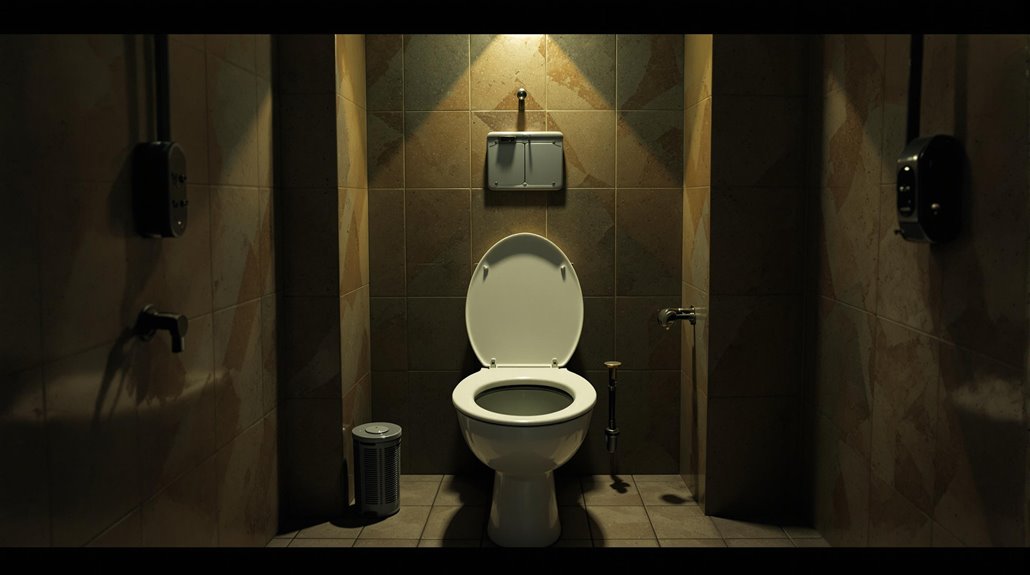
While Soviet architects prioritized efficiency in their standardized building designs, they inadvertently created an intelligence goldmine through their restroom construction choices.
NATO strategists discovered that plumbing vulnerabilities in Soviet facilities could reveal vital military information through acoustic espionage.
 fall of communism across Eastern Europe ultimately exposed these surveillance methods to the public.
fall of communism across Eastern Europe ultimately exposed these surveillance methods to the public.
You'll find it fascinating that something as simple as monitoring toilet flushes and water flow patterns helped NATO assess Soviet military readiness and staff movements.
By placing microphones in sewer lines, intelligence officers could determine shift changes, staffing levels, and facility operations. This information proved invaluable for timing NATO exercises and validating other intelligence sources. The intelligence gathered supported NATO's strategic nuclear forces by providing crucial facility data.
When the Soviets caught on, they tried countermeasures like installing noise-makers and recycling systems, but the damage was done.
Their standardized plumbing had already given NATO a unique window into their military operations.

